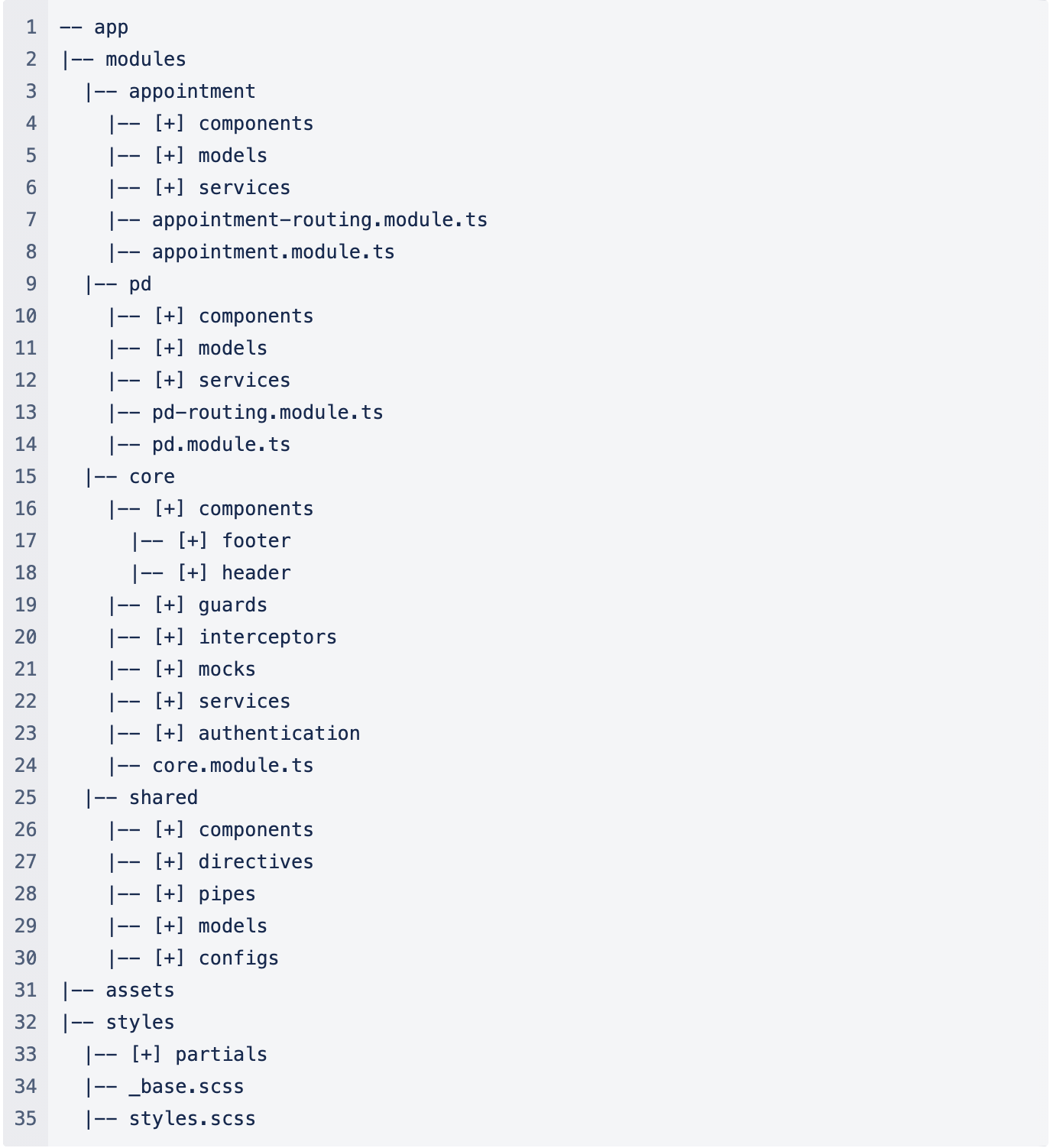

PD PROGRAMMING LANGUAGE LIST SOFTWARE
Object-oriented (OOP): a programming paradigm designed to handle large, complex software systems, which allows developers to create containers or sections for data that can be manipulated independently within a given software program, so programs can be written and executed in parts. Network: digital telecommunications technologies, including software, cable hardware, and wireless media, used to exchange data and other resources between computers using connections Mashup: a new data source, website, or web service created by combining existing data or services from multiple providers Library: a collection of shared programming code, such as files, programs, routines scripts or functions that can be used to facilitate the development of other software programs and applications

PD PROGRAMMING LANGUAGE LIST CODE
IDEs typically include a source code editor, compiler or interpreter, a debugger and other tools to facilitate coding, all within a single user interface Integrated development environment (IDE): a software application designed to help developers write code. Hypertext Transfer Protocol (HTTP): functions as a request response protocol in client-server models, and can be extended by Hypertext Transfer Protocol Secure (HTTPS) for safe or protected communication over a computer network Thin client: relies on a server for functionality, such as computations, also referred to as zero, slim or lean (client)ĭevelopment environment: a protected, often temporary, environment specifically used to perform initial or ongoing application development before the system is tested or released for useįramework: a set of tools written to help other developers, usually modularizing a language so that others can use the tools to more easily build sophisticated applications This entry reviews the fundamentals of web GIS programming, accompanying the Web Mapping and other entries in the Programming and Development section, the Web GIS entry in the Computing Platforms section, and the User Interface and User Experience (UI/UX) Design entry in the Cartography and Visualization section (Sack, 2017 Quinn, 2018 Roth, 2017).Īpplication development: writing of computer software code for use in desktop software applications, internet browsers, via application programmer interfaces, through virtual or cloud-based computing environments, or on mobile devicesĪpplication programming interface (API): a set of programming components that communicate with each other and can be used to develop applications using a particular computer language (Quinn, 2018)īig data: unstructured or structured data volumes that are so large that they are difficult to gather store, analyze, manage and disseminate using traditional technologies (Li et al., 2016)Ĭlient: computer hardware, such as a device, that accesses a service provided by a server, or a client can be a software application installed and run on computers such as laptops and hand-held devices, such as web GIS applications that include programmingįat client: provides user functionality independently of a server, such as through a browser, also referred to as rich, thick, or heavy (client) A browser typically runs software applications by submitting Hypertext Transfer Protocol (HTTP) or Hypertext Transfer Protocol Secure (HTTPS) requests to a server hosting resources the application user wishes to access available through a Uniform Resource Locator (URL), and the server replies by providing resources or performing functions requested by the user. Web GIS programming applies to mobile as well as desktop application development. In addition, a number of Web GIS software options offer application programming interfaces (APIs) that provide a means by which developers can leverage the published data and processing services of others to build and customize applications through standardized interfaces with external web GIS software, data, and services. Web GIS programming is a type of software development that provides a means of handling internet, browser-based software application development tasks which require unique solutions to web GIS or web mapping problems. With the expansion of the internet and availability of Web GIS or Web mapping options, web GIS programming is becoming a commonly required skill set in many organizations. Web GIS programming involves creating, extending, utilizing, Web GIS or web mapping solutions to solve specific problems, build complete applications, or consume or produce data and geospatial processing services.


 0 kommentar(er)
0 kommentar(er)
